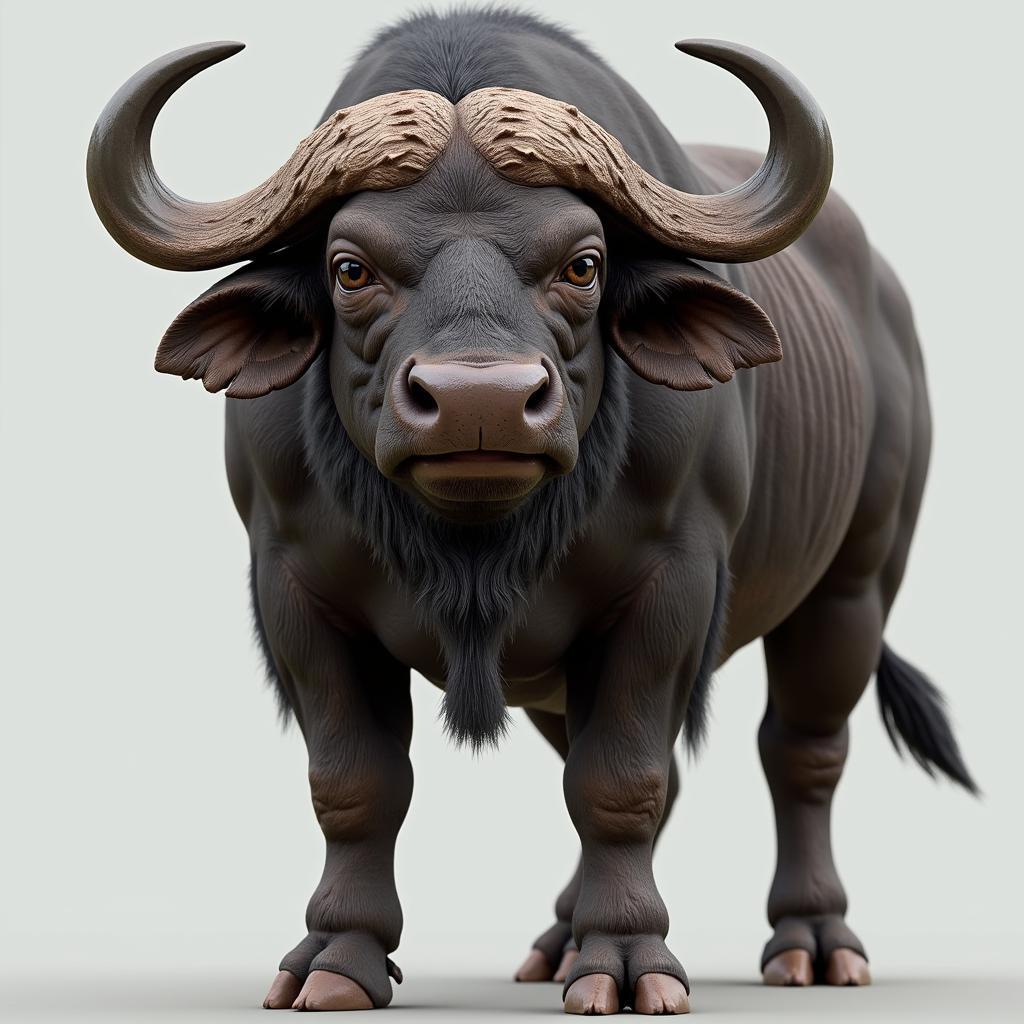The Rich History and Significance of African American Cornrows
Cornrows, a traditional African hairstyle with a history spanning centuries, are more than just a trendy look. They are a powerful symbol of cultural heritage, identity, and resistance for African Americans. This article will delve into the fascinating history of cornrows, exploring their origins, evolution, and enduring relevance in African American culture.
A Deep Dive into the Origins of Cornrows
Cornrows, also known as “canerows” or “thread braids,” are a hairstyle that involves braiding hair tightly close to the scalp, creating a series of raised rows. This unique style has been a defining element of African culture for millennia, with evidence suggesting its existence as far back as ancient Egypt.
The oldest known depiction of cornrows dates back to the 18th century BCE in the ancient Egyptian tomb of Ramesses II. In the tomb paintings, the hair of the women depicted is styled in intricate cornrows, demonstrating the style’s deep roots in African beauty standards and culture.
Beyond Beauty: The Symbolic Significance of Cornrows
Cornrows are not just a fashion statement; they hold deep cultural and historical significance for African Americans. For centuries, cornrows have served as a powerful symbol of identity, resilience, and resistance against oppression.
“Cornrows are more than just a hairstyle; they are a testament to the enduring spirit of our ancestors.” – Dr. Anya Johnson, Professor of African American Studies, University of California, Berkeley
During the transatlantic slave trade, Africans were stripped of their cultural identities and traditions. However, the practice of cornrowing survived, becoming a subtle yet powerful form of resistance.
Cornrows: A Thread of Resistance
“Cornrows were a way for enslaved Africans to maintain a sense of self, even in the face of brutal oppression.” – Professor Kwame Anthony Appiah, Philosopher and Author
For enslaved Africans, cornrows served as a way to preserve their cultural heritage and a reminder of their identity. The style also allowed for self-expression, a small act of defiance against the harsh realities of enslavement.
Cornrows were often used to communicate secret messages and even served as tools for escape. During the Underground Railroad, enslaved Africans used cornrows to conceal coded messages and maps, facilitating their escape to freedom.
The Evolution of African American Cornrows
In the 20th century, cornrows evolved into a powerful symbol of Black pride and empowerment. The Civil Rights Movement saw cornrows gain prominence as a symbol of solidarity and resistance.
“Cornrows were a visible declaration of Black identity and a symbol of our fight for freedom.” – Dr. Jesse Jackson, Civil Rights Activist
From the iconic image of Angela Davis with her cornrows to the stylish cornrows of the Black Panthers, the hairstyle became a powerful visual representation of the Black Power movement.
Cornrows in Contemporary Culture
Today, cornrows continue to be a popular and versatile hairstyle among African Americans and people of African descent around the world. The style has evolved with time, incorporating new variations and techniques while maintaining its core aesthetic and significance.
From the intricate cornrow styles of Beyoncé to the vibrant color variations and embellishments seen in modern pop culture, cornrows have become a global fashion trend, while retaining their deep cultural connection.
Frequently Asked Questions
Q: Are cornrows a good hairstyle for all hair types?
A: While cornrows are versatile, they may not suit every hair type. Fine hair might need additional support or techniques to ensure the braids stay in place.
Q: How do I maintain cornrows?
A: Proper maintenance is crucial for keeping cornrows looking fresh and healthy. This includes regular washing, moisturizing, and occasional re-braiding.
Q: What are some of the different types of cornrow styles?
A: Cornrow styles are incredibly diverse, with endless possibilities. Some popular variations include straight backs, single braids, box braids, and feed-in braids.
Conclusion
Cornrows are a testament to the rich cultural heritage, resilience, and creativity of African Americans. From their ancient origins to their modern-day popularity, cornrows have evolved into a powerful symbol of identity, resistance, and pride. Their enduring presence in African American culture serves as a reminder of the strength and beauty of Black traditions.

